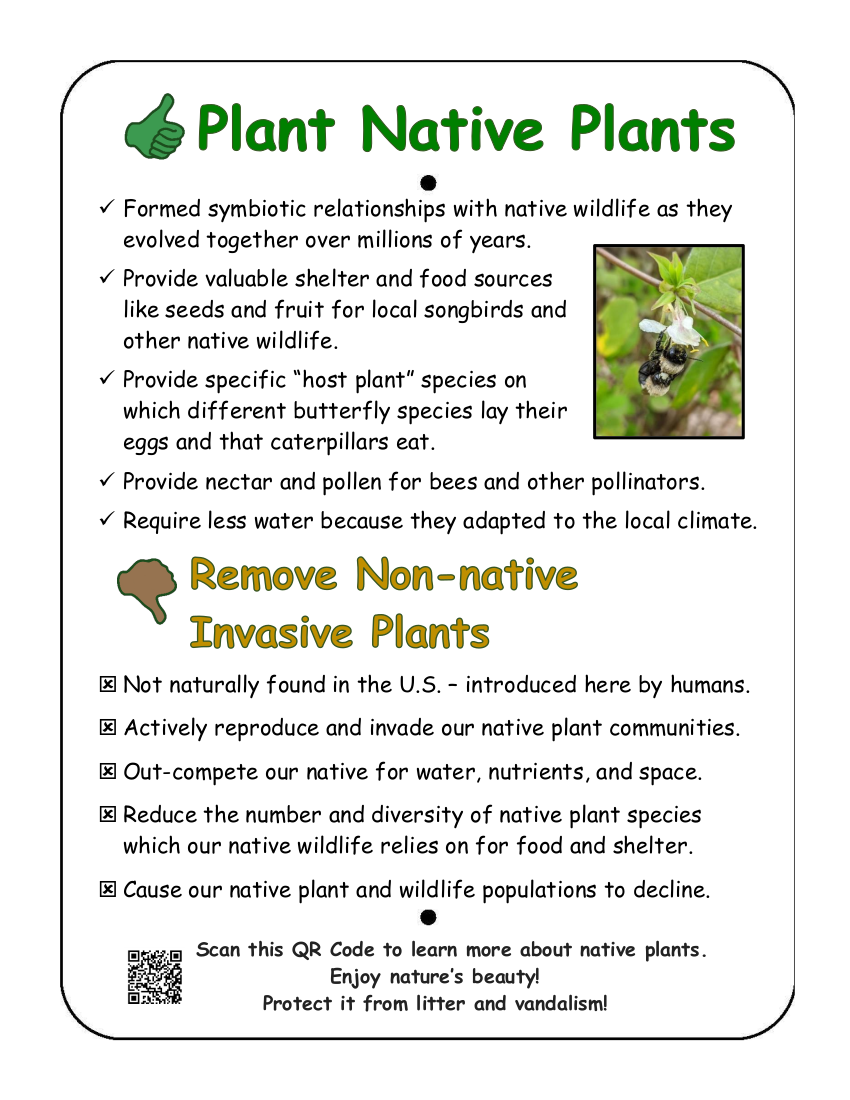

*Click Here for Upper Grades (6-12) Version*
| Monarch Butterfly on Milkweed Dreamstime Click on image to enlarge it |
 Investigate Butterflies and Their Habitat
Investigate Butterflies and Their Habitat
A Butterfly Garden attracts butterflies to your outdoor classroom by providing habitat including food, water and shelter for butterflies and their caterpillars.
| Click on the topics below to learn more! | |||
| Alabama's Butterflies | Life Cycle | Habitat Needs | Interesting Facts |
| Alabama's Butterflies | ||||
| Alabama is home to 144 different species of butterflies including 60 species of skippers! | ||||
| Butterflies, skippers (small, short butterflies), and moths belong to the same order (category of animals) called Lepidoptera meaning "scaly wings". | ||||
| They all share these three traits or characteristics: | ||||
| #1 Curled drinking mouthparts (like a straw) called a proboscis |
#2 Scales on their wings |
#3 Complete metamorphosis (physical changes during life cycle) |
||
| Gulf Fritillary Butterfly with coiled Proboscis Click on Pic to Enlarge |
Gulf Fritillary Butterfly drinking with Proboscis Click on Pic to Enlarge |
Red Admiral Butterfly Wing Scales Click on Pic to Enlarge |
Example Moth Life Cycle Changes Click on Diagram to Enlarge |
|
| These three groups have similarities and differences: | ||||
|
Butterflies:
|
|
|
Skippers:
|
|
|
Moths:
|
|
| Visit the Alabama Butterfly Atlas website for detailed information about the butterflies and moths that call Alabama home or travel through Alabama during their migration.
Some of the species you will likely find in your outdoor classroom include the Monarch or Black Swallowtail. (Click on each species name to learn more about that butterfly species.) |
|
| Life Cycle | ||
| A "baby" butterfly is called a caterpillar.
Caterpillars do not look like the adult butterflies. They go through a process called metamorphosis. During the four stages (steps) of metamorphosis, they go through physical changes from an egg to a caterpillar to a chrysalis and then to an adult butterfly. |
Black Swallowtail Butterfly Life Cycle |
|
Step 1 – Eggs:
|
||
Step 2 – Caterpillars:
|
Black Swallowtail Caterpillar
Flickr – Judy Gallagher Click on image to enlarge it |
|
Step 3 – Chrysalis:
|
Black Swallowtail Chrysalis
Dreamstime Click on image to enlarge it |
|
Step 4 – Adult Butterfly:
|
Black Swallowtail on Chrysalis |
|
| Habitat Needs | ||
| Your butterfly garden includes flowering plants that provide food during the growing season as well as water, shelter, and a place to raise young (host plants). | ||
|
Food:
|
Black Swallowtail Caterpillar feeding
on one of its Host Plants – Fennel or Dill Dreamstime Click on image to enlarge it |
|
|
Learn why it's important to Plant Native Plants! |
||
Water:
|
Male Eastern Tiger Swallowtail Butterflies Drinking from Puddle
Pikist.com Click on image to enlarge it |
|
| Shelter: | ||
|
||
| Places to Raise Young: | ||
|
||
 Click on image to enlarge it
|
||
Native Plants:
|
||
|
||
| Interesting Facts about Butterflies and Their Habitats | ||
| # 1: | On average, adult butterflies only live about a month. | |
| # 2: | Butterflies use their legs to determine what type of plant they have landed on. They have special cells on the backs of their legs and feet. When a female lands on the leaf, she moves her feet until the leaf releases juices which she tests with her chemoreceptors (special cells) to make sure it is the right type of plant before laying her eggs! | |
| # 3: | Butterfly vision is completely different than human vision. Humans can only see directly in front of them, and the vision is clear. A butterfly's view is blurry, but they can see more on the sides and slightly behind them rather than just in front of them. This is important so they can detect and escape threats! Their vision appears blurry because they have compound eyes (many indivisual lenses that combine to form one image). Butterflies also have special structures that allow them to see different types of light than humans, helping them locate flowers and communicate with each other. | |
| # 4: | Some butterflies can fly upwards of 37 miles per hour! Most only fly around 5-12 miles per hour. |
Cluster of Monarchs Overwintering
Wikimedia – Brocken Inaglory Click on mage to enlarge it |
| # 5: | The Monarch is the state insect of Alabama. They are here in spring and fall as they migrate to and from their wintering grounds in Mexico. | |
| # 6: | Butterflies do not make cocoons! Instead, they molt into what is called a chrysalis, with a hard exoskeleton that protects the pupa. Cocoons are actually specific to moths! Moths spin a silk cocoon around themselves before their final molt. | |
| # 7: | Some caterpillars are remarkably camouflaged (able to blend in with their surroundings) or uniquely patterned in a way that would make a predator not want to eat them!
|
 From Left to Right:
1. Giant Swallowtail (left) 2. Spicebush Swallowtail (center) 3. Hag Moth (right) Click on image to enlarge it |
| # 8: | Many native species of moths have wings with patterns that look similar to tree bark which acts as camouflage allowing them to blend in so that predators cannot see or detect them. | |
SOURCES
 |
 |
|
|
|
 |
|

Ogard, P. H., & Bright, S. (2010). Butterflies of Alabama: Glimpses into their lives. Tuscaloosa, Alabama: University of Alabama Press.
|
 |
Website Design and Digital Marketing by